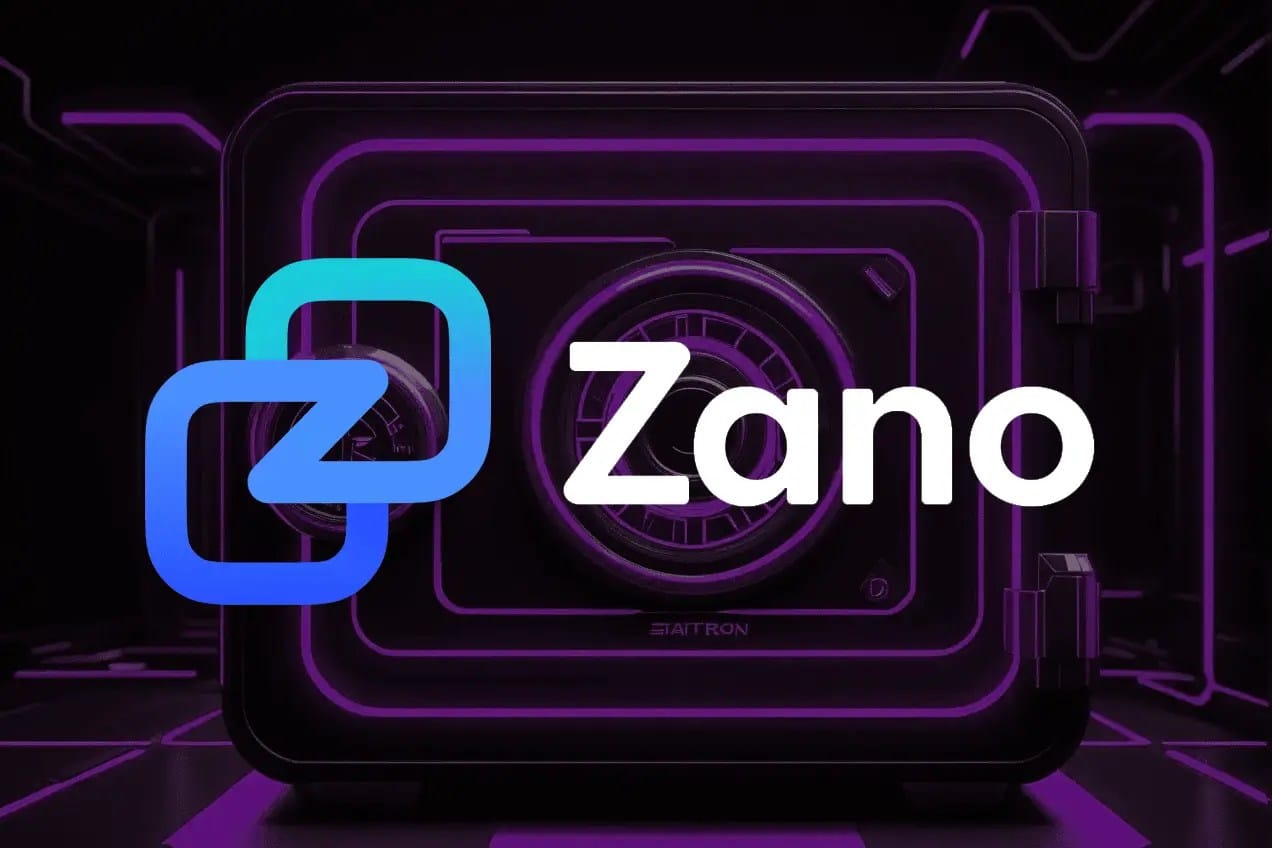Zano Lead Developers Speak About Privacy Revolution at Monerotopia

In the digital age, privacy has become a luxury, especially within the realm of cryptocurrency where every transaction can potentially be tracked. However, the Zano privacy project aims to change that. At Monerotopia 2024, Danny from The Crypto Show sat down with Zano's lead developers, Andrey Sabelnikov and Pavel Nikienkov, to delve into what makes Zano a standout platform for privacy enthusiasts.
Zano isn't just another cryptocurrency; it's an ecosystem designed to foster privacy at every level. The concept of creating tokens with privacy baked into them mirrors the functionality of Ethereum’s ERC-20 tokens but enhances it with layers of confidentiality. When you transfer Zano or any token on its platform, the details of who sent what, to whom, and how much, remain shrouded in mystery to anyone not directly involved in the transaction. This level of privacy isn't just about hiding amounts; it extends to obscuring the very nature of the asset being transferred, which could be anything from stablecoins to unique digital art pieces.
A Closer Look at Zano's Privacy Features
The discussion around Zano's features highlights its innovative approach to user interaction through an alias system. This system allows users to replace complex, cryptographic addresses with simple, memorable names, enhancing both usability and privacy. Imagine being able to send funds or communicate without exposing your actual wallet address, thereby protecting your identity from prying eyes.
Zano's hybrid consensus mechanism, blending Proof of Work and Proof of Stake, is another aspect that intrigued many during the interview. This dual approach not only aims to secure the network but also involves coin holders in governance decisions. While the specifics of PoS involvement are still under development, the intent is clear: to create a democratic ecosystem where users have a say in pivotal decisions like emission rates.
The developers also touched upon the future plans for Zano, notably the Zarum confidential layer. This feature would act as a bridge, allowing assets from less privacy-oriented blockchains like Bitcoin or Ethereum to enjoy Zano's privacy benefits. It's a significant move towards making privacy more accessible across the broader crypto landscape, potentially transforming how users perceive and utilize their digital assets for privacy.
The conversation ventured into the realm of decentralized applications, particularly marketplaces. Zano's API enables developers to build platforms where goods or services can be traded with privacy intact, challenging the conventional online shopping experiences riddled with data breaches and tracking.
Communication within Zano's ecosystem is set to evolve too, with plans for a secure messaging system based on the Matrix protocol. This system, connected to user aliases, promises a new level of private interaction, where even your communication habits remain confidential.
Watch the full interview with Zano devs at Monerotopia
The interview concludes on a note of community and transparency. Zano isn't just developed behind closed doors; it thrives on community feedback and involvement. The developers are keen on maintaining an open dialogue, ensuring that as Zano grows, it does so with the community's trust and support.
In essence, Zano represents a bold step forward in blockchain technology, prioritizing privacy not as an afterthought but as a fundamental aspect of its architecture. As we move into 2025, with its array of new features and the commitment to user privacy, Zano could very well redefine what we expect from cryptocurrencies.

